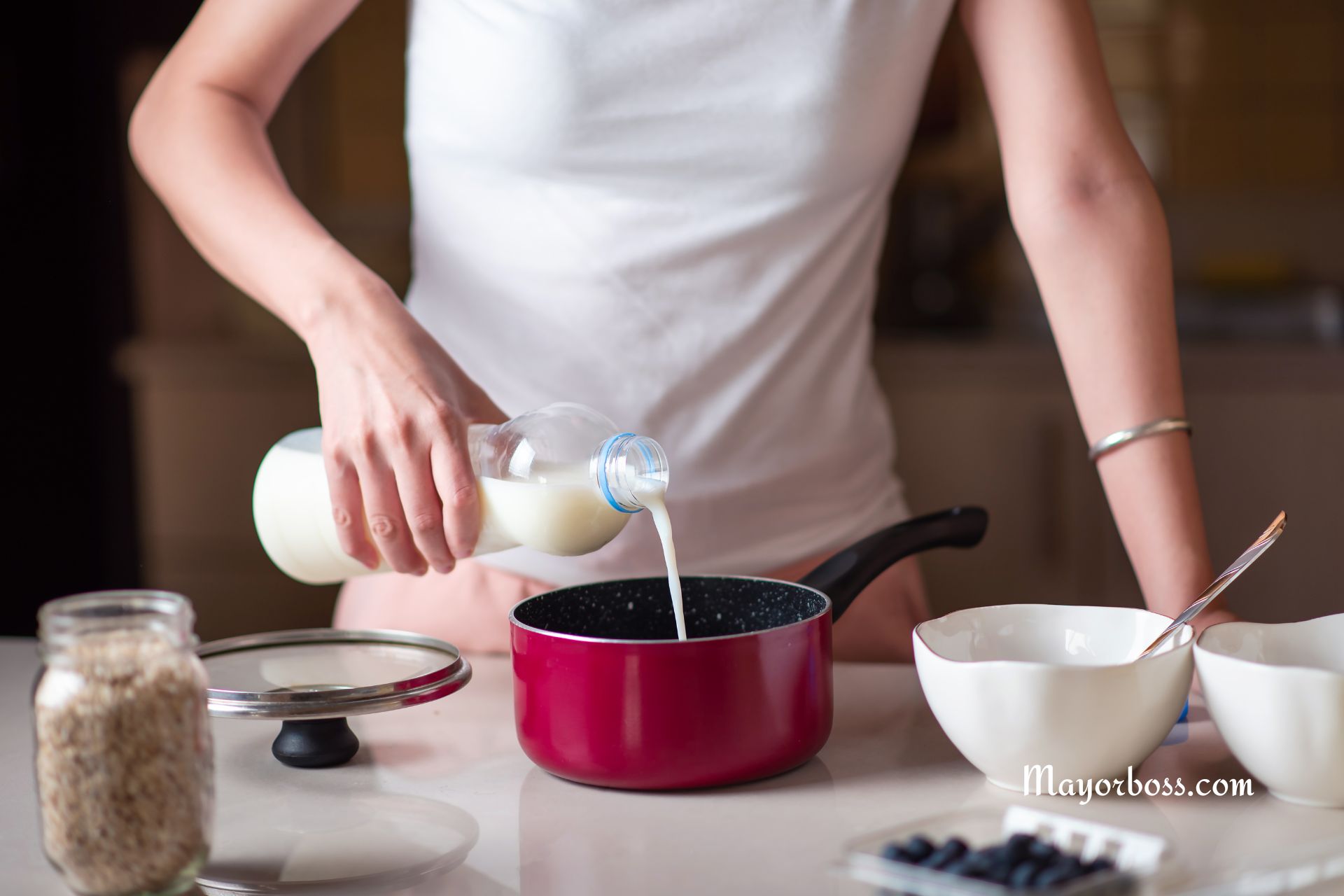How Many Calories in Oatmeal with Milk? Get the Breakdown
Oatmeal is a popular breakfast option around the world, known for its health benefits and versatile nature. When you add milk to oatmeal, not only does it become creamier and more flavorful, but the nutritional content changes as well. If you’re curious about the calorie count of oatmeal with milk, you’re in the right place. This article will break down the calories and offer some insights into why this meal can be a fantastic part of your diet.

Oatmeal and Its Benefits
Before we dive into the numbers, let’s talk about why oatmeal is such a great food choice. Oatmeal is packed with fiber, which helps you feel full longer and supports a healthy digestive system. It also contains important vitamins and minerals like magnesium, iron, and zinc. Moreover, oatmeal is a fantastic source of complex carbohydrates, providing you with steady energy throughout the morning.
The Basic Calorie Count
To understand the calorie content, we’ll start with the basics. A typical serving of cooked oatmeal (about half a cup of dry oats) contains approximately 150 calories. This figure can vary slightly depending on the type of oats you choose, such as rolled, steel-cut, or instant.
Now, let’s add milk to the mix. The calorie content of milk varies by type:
- Whole milk: About 150 calories per cup
- 2% milk: Roughly 120 calories per cup
- 1% milk: Around 100 calories per cup
- Skim milk: Approximately 80 calories per cup
- Plant-based milk: These can vary widely, with unsweetened almond milk at about 30-40 calories per cup and soy milk at around 80-100 calories per cup
If you add a cup of whole milk to your oatmeal, you’re looking at a total of approximately 300 calories for your meal. However, this number will decrease if you choose a milk with lower fat content or a plant-based alternative.
Customizing Your Oatmeal
Oatmeal with milk is just the beginning. You can customize your bowl to suit your taste preferences and nutritional needs, though keep in mind this will affect the calorie count:
- Fruits: Adding fruits like bananas, berries, or apples can increase the calories by 50-100, depending on the type and amount. However, fruits also add valuable nutrients and fibers.
- Nuts and Seeds: Sprinkling a tablespoon of chia seeds, flaxseeds, or a handful of nuts can add around 50-100 calories, along with healthy fats and protein.
- Sweeteners: Be mindful of adding sugar, honey, or maple syrup, as they can quickly increase the calorie content by 50-100 calories per tablespoon.
Why Oatmeal with Milk is a Great Choice
Despite the calories, oatmeal with milk is an excellent breakfast choice. The combination offers a good balance of macronutrients: carbohydrates from the oats for energy, protein from the milk for muscle repair, and a small amount of fat for satiety. Additionally, this meal provides a high amount of fiber, which is essential for a healthy digestive system and can help manage cholesterol levels.
FAQs
Q: Can I lose weight by eating oatmeal with milk for breakfast? A: Yes, oatmeal with milk can be part of a weight-loss diet. Its high fiber content helps keep you full, reducing the likelihood of snacking on high-calorie foods later in the day.
Q: Is it better to use water or milk with oatmeal? A: Milk adds protein and calcium but also more calories. If you’re watching your calorie intake, you might prefer water or a low-calorie plant-based milk. However, for more protein and a creamier texture, milk is the way to go.
Q: How can I add flavor to my oatmeal without adding too many calories? A: Consider using spices like cinnamon or nutmeg, vanilla extract, or cocoa powder. These add lots of flavors without significantly increasing the calorie content.
